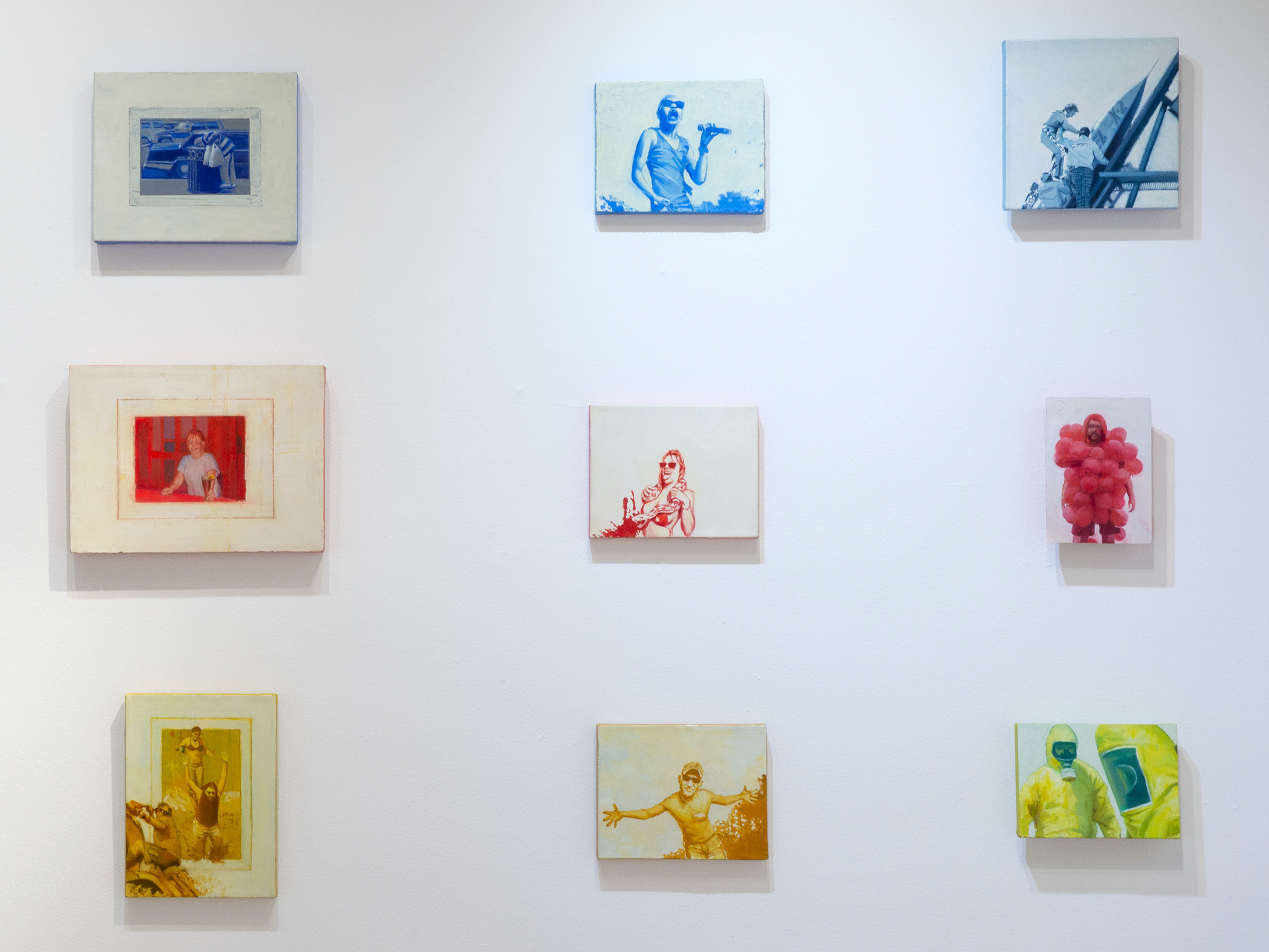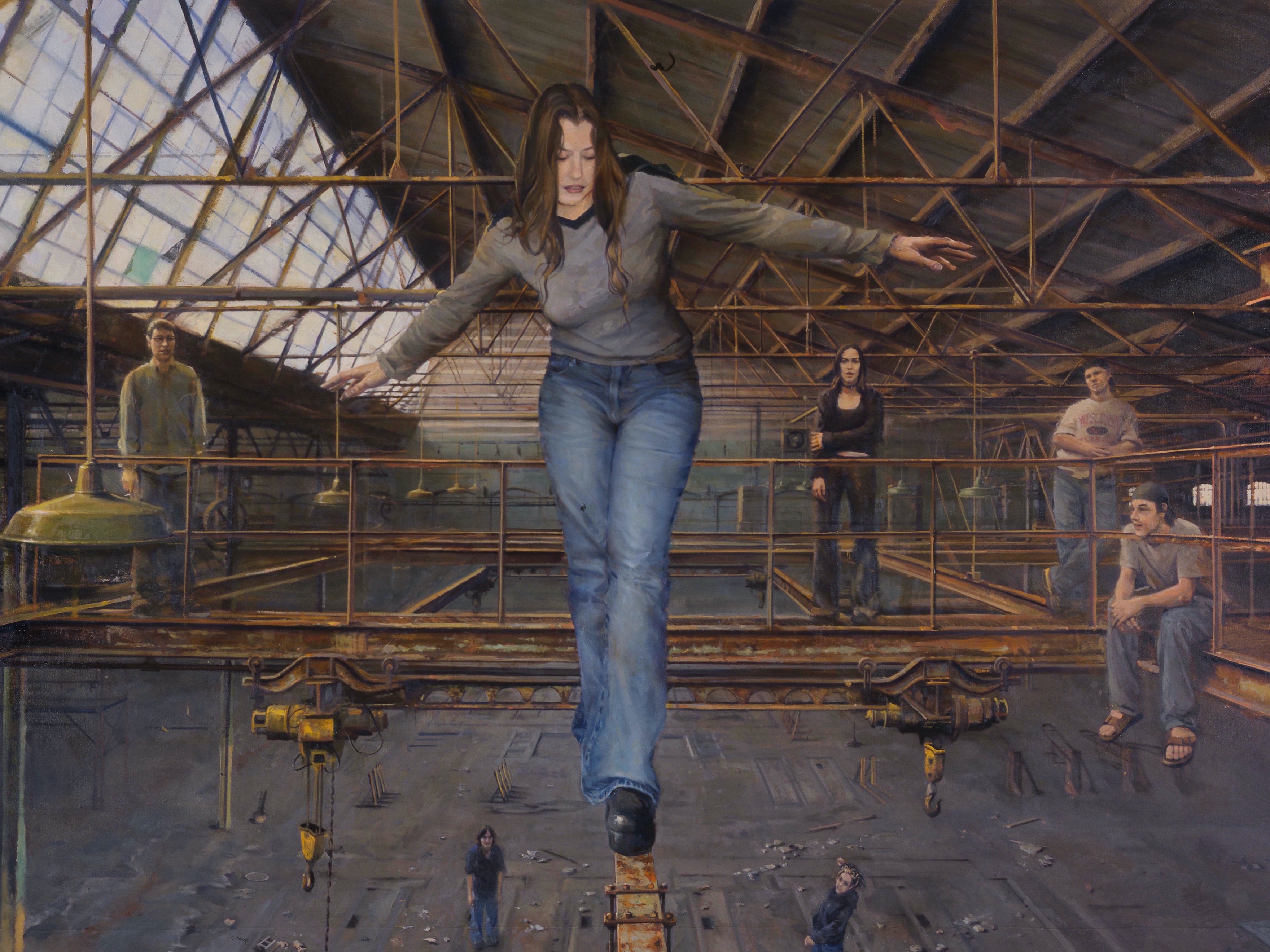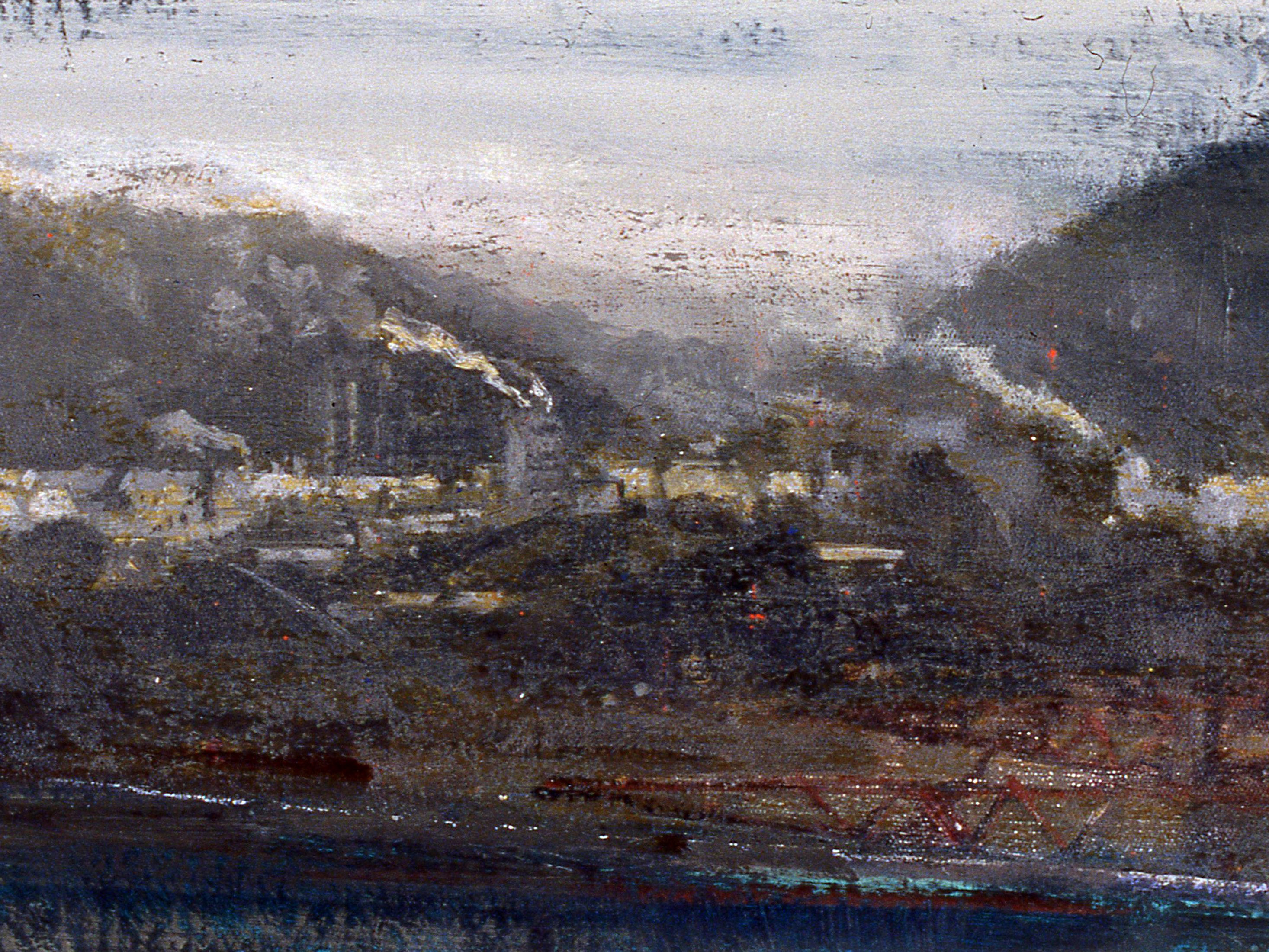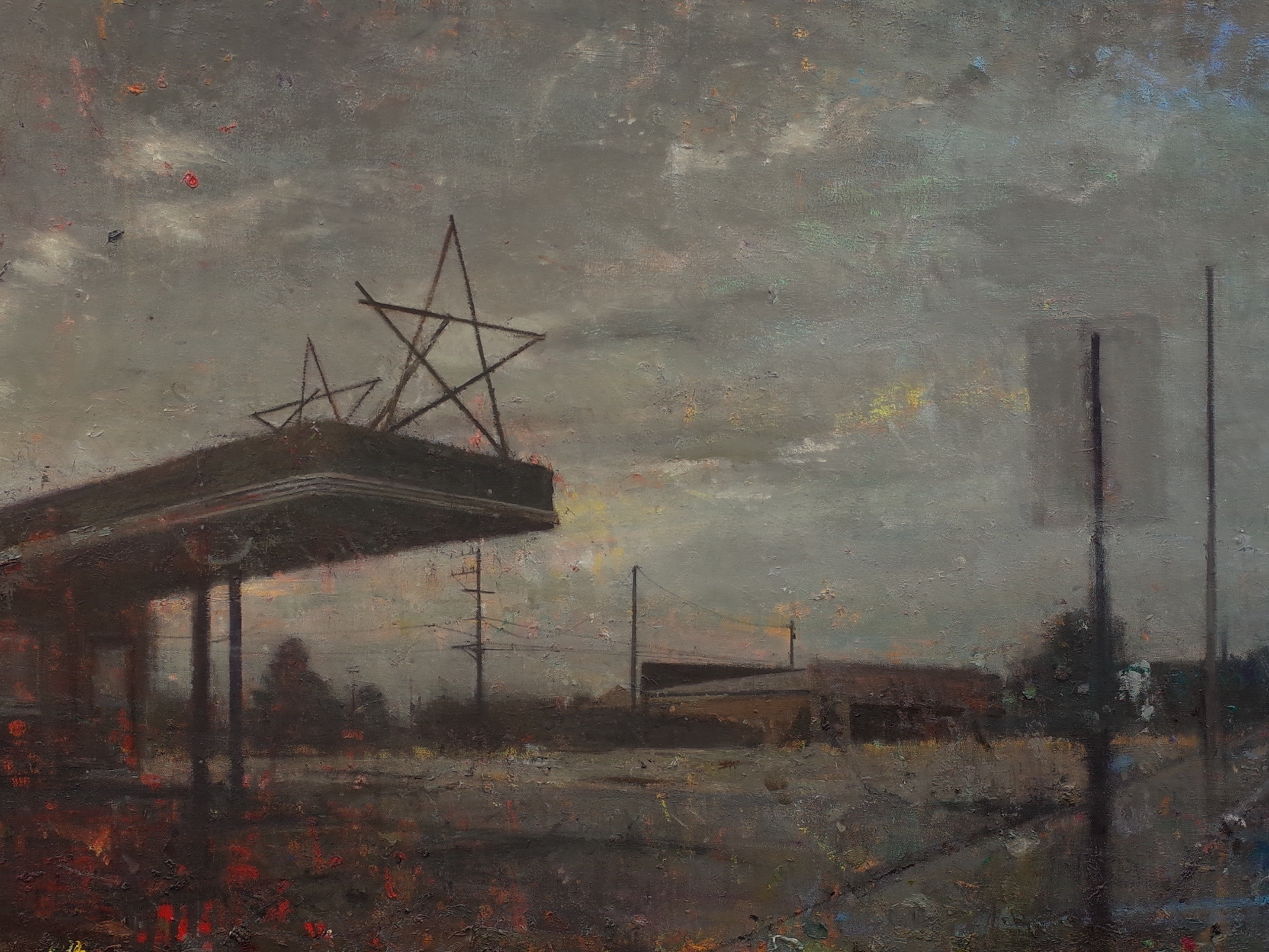
LITTLE PEOPLE / BIG PICTURE
For the last 1000 years or so, painting has depicted the ruling orders of its time - from the papacy to the monarchy, the aristocracy to the bourgeoisie. Little People continues that tradition, depicting the people who make up our day and age. Today our social order is democracy, which is perfect not only because it rhymes with all the other regimes, but also because there are a lot more people today than there ever were. And while it seems like the natural state of things, our particular form of democracy - call it mass democracy – hasn’t been around very long. It won’t last forever, but for now, at least in theory, this is the era of “the people”.
So the idea behind Little People/Big Picture is simple. In fact, it’s not an idea at all. It’s really more like the illustration of a book that never ends. In this chapter, the general public takes center stage. There's no room here for popes, monarchs and the landed gentry. They've already had their portraits painted. Today is the day of the little guy, the average Joe, the plain Janes, the ordinary people who keep the machine running. Today, it's their day to be in the painted spotlight. For now, the Big Picture is of Little People.

CHROMATIC DRAMATICS
I’ve always painted tough people in rough places. The people are working class. The places are outside of mainstream society, removed from the coastal centers of wealth and power, where eccentric things occur because no one cares. Showing an epic story through scenes of the overlooked, these works hint at the pervasive anomie that defines post-industrial America.
In the past, these latent dramas were depicted in pictures where not much happened, like a Jim Jarmusch movie, or a darker version of Edward Hopper. This seemed true to life, because most of life is like that – a stream of daily routines and struggles. But as we know, life can suddenly get dramatic and that is where Chromatic Dramatics now resides.
As implied above, the paintings in this series are of people living on the fringes of civilization. The action represented does not just hint at, but often depicts important moments – a celebratory toast, a convenience store hold-up, the discovery of something long buried. Even scenes of relative quietude carry an apparent significance, such as a man wandering through the desert carrying everything he has in the world.
Either way, dull or dramatic, Chromatic Dramatics is a series that strives for a balance between visual power and social truth. With potent color, radiant light and symbolic gestures, these paintings attempt to reenergize representational painting and make it compete with the spectacles of the digital age we’re in. It just so happens that this increased intensity might also be a fitting representation of a world that’s gone mad.

THE EDGE

THE LONG DRIVE

THE RAIN PAINTINGS
Like an asphalt river, The Road flows continuously through our lives. It serves us and it defines us in return. Where we live, who we know, what we eat, even the air we breathe is a product of this man-made fact of life. As a symbol of freedom and as a snarled reality - The Road is everywhere and determines just about everything.
In the mid-90’s, this realization initiated a series of paintings called The Long Drive. The series was based on the distanced and mobile vantage point of passing through places one would rather not be – old factory towns and secondary cities, back roads and industrial parks. Many of these areas were, and still are, like dive bars in the daytime; their dinginess uncannily exposed in the light of day. But under the cover of clouds and rain, pictures taken from the car produced the perfect brooding mood for these gritty locales. That’s when The Rain Paintings got their start.
After more than 20 years, the subject matter has moved on from random glimpses seen through car windows. The images are often figurative. The rain is as much a visual effect as a token of obfuscation. Deep perspectival space coexists with the splatters that acknowledge the canvas’s otherwise invisible presence. Artificial light pervades the nightscapes, while a common pallor lights the day. And the scenes themselves range from straightforward to bizarre, friendly to menacing. But through it all, the one constant is The Road, which never ends.